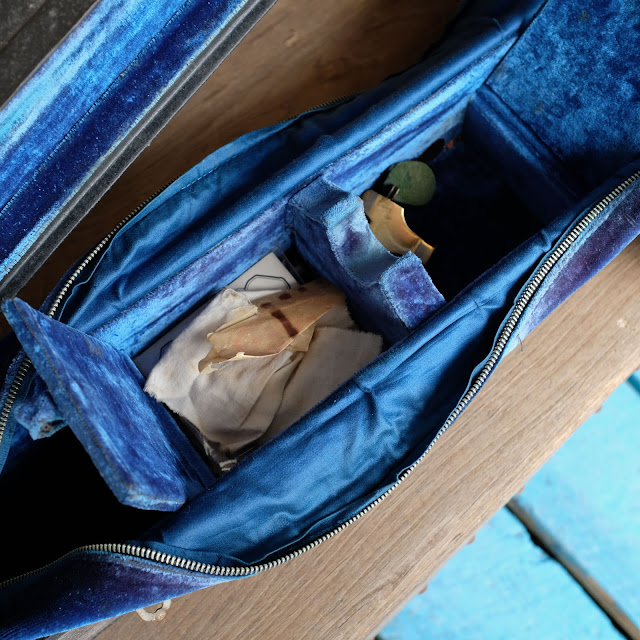1930 Lange-made Paramount Aristocrat Special Tenor Banjo
This outrageously-fancy tenor banjo is a customer's instrument that belonged to his in-laws. It's a Paramount made by Lange and the serial (13000s) dates it to 1930. The gold-plating, heel carving, and engraved pearl on the neck tell you up-front that this instrument is up-market. It has all the mechanical bells and whistles, too -- including the Lange-style archtop tonering design, adjustable neck angle unit, and fully-adjustable dowel and tough-as-nails neck brace, too.
My work on this included re-heading it with a Remo frosted-top synthetic head (the rim is just a hair under 11 1/4" diameter), a fret level/dress, new bridge, and general maintenance and setup. It's playing perfectly with 1/16" action at the 12th fret, though the neck is prone to relief under tension and so I kept the gauges really light -- 28w, 18w, 12, 8 for CGDA (standard) tuning. It has a long, 22 7/8" scale length and thus suits chord-melody approaches to a T. It appears to be all-original save my replacement (3/4"!) bridge and it's in fantastic condition with rich, make-you-cry looks.
The headstock veneer is flush with fancy, engraved pearl inlay. Everything on the neck is multi-layered. The bone nut is 1 1/8" in width and the neck profile has a mild C/V hybrid shape to it.
The board is rosewood and has rosewood binding. The frets are the original, small, Lange stuff.
The Lange-patent adjustable tailpiece works like a charm.
How about that veneer on the back of the resonator?
The original Page geared tuners are extant and in good order. Check out the carving on the back of the headstock, too!
The neck is 2-piece mahogany with a center-strip of maple and two layers of teal-stained mystery wood.
Here you can see those actual pearl buttons a bit better.
The heel carving -- combined with the contrast of the layers of multicolored wood -- is wonderful.
Here you can really see that carving. At the upper edge of the neck you can also see the neck-angle adjustment gizmo. Two screws on either side of the neck set back-angle for easy action adjustments.
I know, right? That rim is intensely gorgeous.
The cream-painted "skirt" part of the tonering is plated-brass with the cream shot over it.
Also check out how the tops of the hooks are set into a recessed channel so that the upper edge of the tension hoop doesn't have a ton of them nicking your arm.
The inlaid edge of the resonator is excellent, too.
Even the case is crazy and has its own zippered interior dust cover.
Two case pockets offer plenty of storage.
Note the optional pick-holder (also gold-plated) stowed in the pocket.
Original instructions were in the case from when it shipped from the factory.
Ball-end strings can often be made to work just fine with many loop-end tailpieces.
Here's the interior of the rim while I was working on it.
The neck brace's set-screw in the top tightens-up with a nut on the other side of the dowel. This means that its tension on the neck heel is significantly better than many braces.
The dowel-angle-adjuster can be used to sort-of get the action around where you want it before you snug-up the neck.
Here you can see the tonering and the little "legs" it rides on.


































Comments